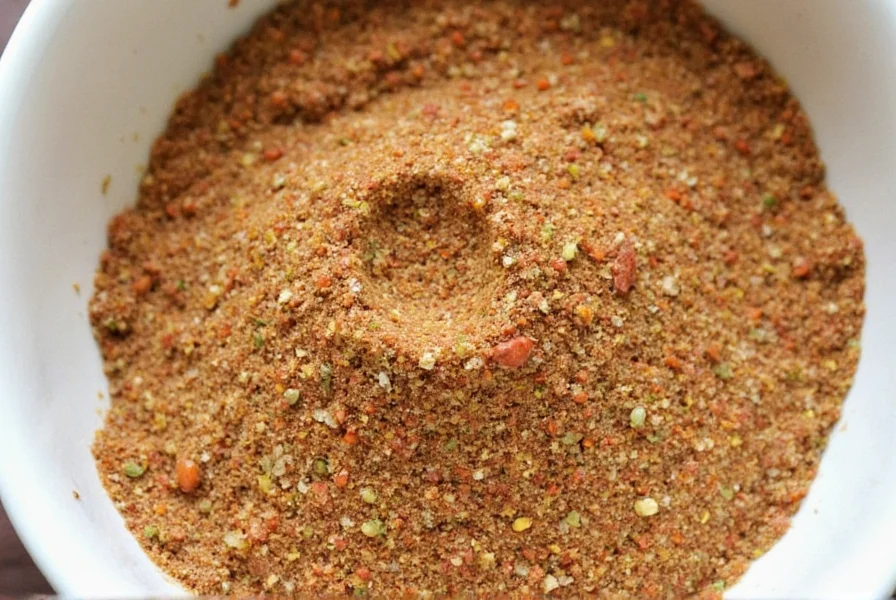
Old Bay Seasoning is a Maryland-based spice blend, not a Cajun seasoning. Created in 1938 by German-Jewish spice merchant Gustav Brunn in Baltimore, it's renowned for its salty, tangy flavor profile and is commonly used on seafood, popcorn, and eggs. Despite common misconceptions, it has no connection to Louisiana Cajun cuisine and is distinctly a Mid-Atlantic specialty.
Table of Contents
- A Brief History of Old Bay Seasoning
- What Makes It So Magical? The Secret Ingredients
- The Flavor Profile: What Does Old Bay Taste Like?
- Creative Ways to Use Old Bay Seasoning
- How Old Bay Compares to Cajun Seasonings
- Buying Guide: Finding the Best Old Bay Seasoning
- Frequently Asked Questions
- Conclusion: Maryland's Iconic Spice
A Brief History of Old Bay Seasoning
Old Bay Seasoning originated in Baltimore, Maryland, not Louisiana. Gustav Brunn, a German-Jewish immigrant, created the blend in 1938 after moving to the U.S. It was initially called "Backfin No. 2" and became popular among Chesapeake Bay crab pickers. By the 1950s, it was rebranded as "Old Bay" after a local shipping company. While often mistakenly called "Cajun-style," it has no relation to authentic Louisiana Cajun blends and is distinctly a Mid-Atlantic tradition.
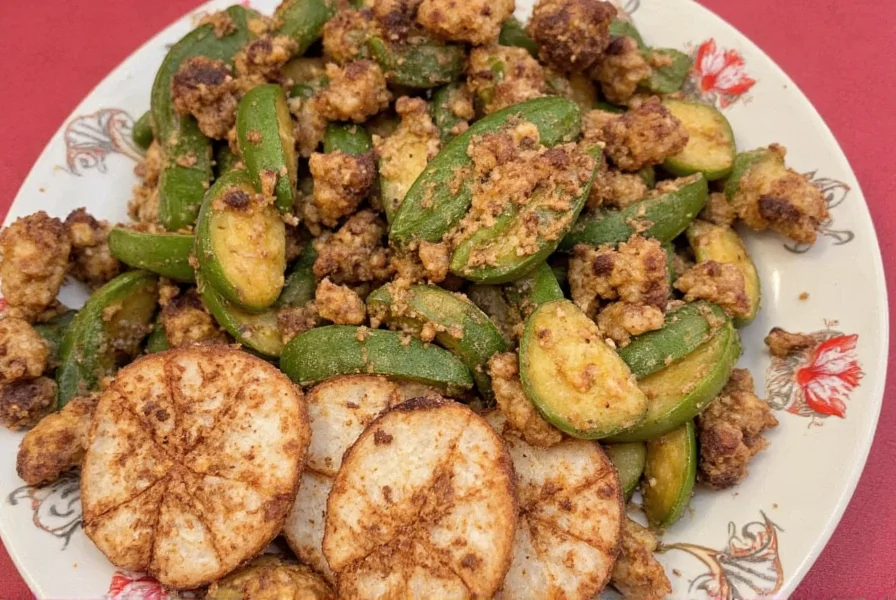
What Makes It So Magical? The Secret Ingredients
Though the full recipe remains proprietary, Old Bay contains at least 18 spices. Verified ingredients include:
- Mustard
- Red pepper
- Celery salt
- Bay leaves
- Paprika
- Cumin
- Allspice
- Capsicum
This combination creates a balanced, savory flavor that enhances seafood, vegetables, and even snacks like popcorn.
The Flavor Profile: What Does Old Bay Taste Like?
Old Bay delivers a complex but approachable flavor profile:
- Salty: From celery salt (also adds umami)
- Spicy: Mild heat from red pepper and capsicum
- Sweet: Paprika and allspice provide subtle sweetness
- Bitter: Mustard and bay leaves balance the blend
- Umami: Deep savory notes from spice synergy
Unlike Cajun seasonings, Old Bay has no dominant heat or garlic-forward profile—its signature is a bright, maritime tang.
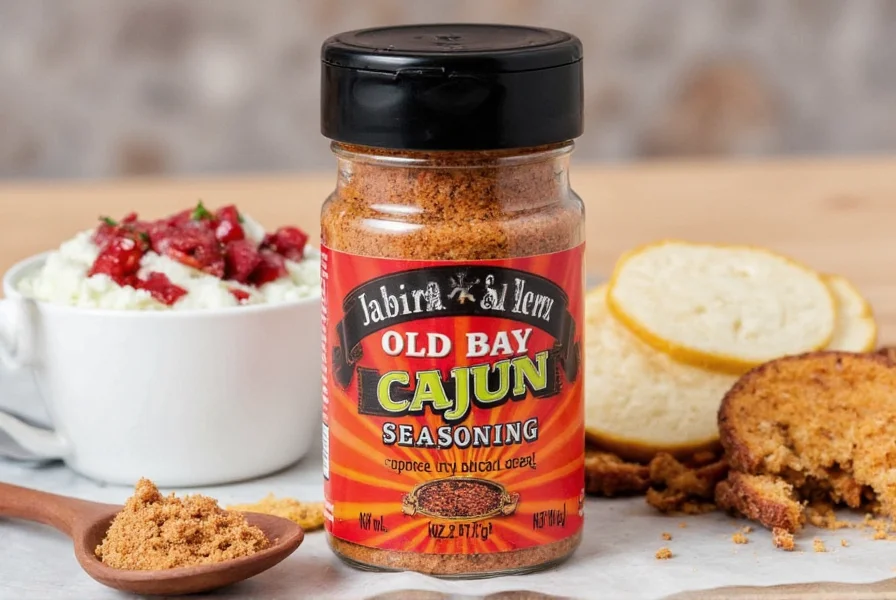
| Seasoning | Origin | Main Flavors | Heat Level | Best For |
|---|---|---|---|---|
| Old Bay Seasoning | Maryland | Salty, tangy, herbaceous | Low to Medium | Seafood, eggs, popcorn, sandwiches |
| Tony Chachere's | Louisiana | Garlic, onion, pepper-forward | Medium to High | Gumbos, jambalaya, grilled meats |
| Zatarain's | Louisiana | Smoky, earthy, paprika-based | Medium | Crawfish boils, rice dishes |
| Cajun's Choice | Louisiana | Robust, peppery, garlic-heavy | High | Grilled meat, beans, soups |
Old Bay's mild heat and celery-forward profile makes it ideal for beginners, while traditional Cajun blends offer more intense heat and garlic notes for robust dishes.
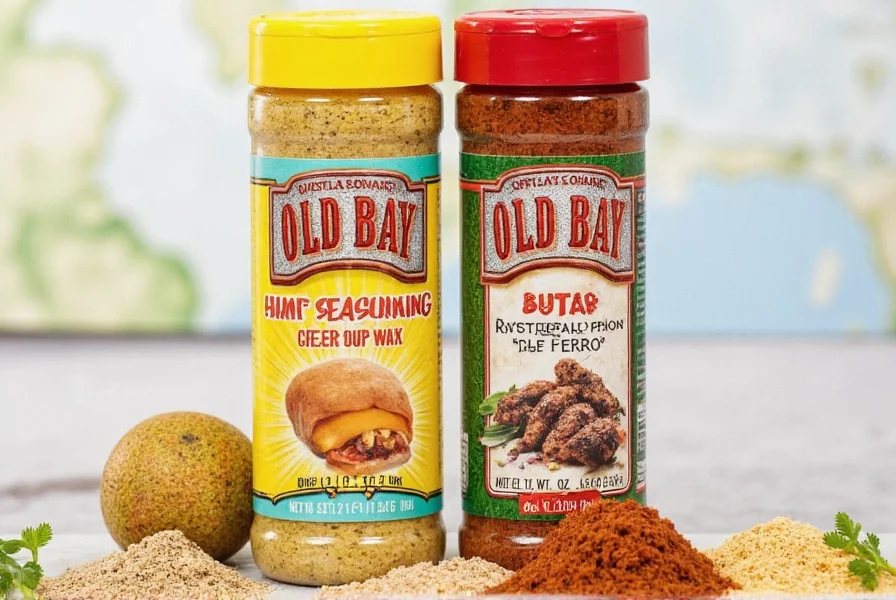
Buying Guide: Finding the Best Old Bay Seasoning
Types of Old Bay Seasoning Available
- Original Blend: Classic 18-spice mix. Ideal for seafood lovers.
- Extra Spicy: Boosted heat for adventurous palates.
- Gluten-Free: Formulated for gluten-sensitive consumers.
- Vegan-Friendly: No animal-derived ingredients.
| Feature | Description | Why It Matters |
|---|---|---|
| Natural Ingredients | No artificial preservatives or flavor enhancers | Better taste, healthier option |
| Brand Reputation | McCormick-owned (authentic manufacturer) | Guarantees consistency and quality |
| Packaging Size | Small (1 oz), medium (3.75 oz), large bottles | Choose based on usage frequency |
| Versatility | Works beyond seafood (eggs, popcorn, veggies) | Good value for money |
Top Picks for Different Uses
- Best Overall: McCormick Old Bay Seasoning
– Trusted brand, balanced flavor, widely available.
Use Case: Everyday seasoning for seafood, eggs, veggies. - Best for Heat Lovers: Old Bay Extra Spicy
– Packed with extra chili kick.
Use Case: Spicy crab boils, grilled chicken. - Best Bulk Buy: Old Bay Seasoning Refill Pack
– Cost-effective for frequent users.
Use Case: Home cooks, meal preppers. - Best Specialty Version: Old Bay Seafood Seasoning
– Specifically formulated for marine dishes.
Use Case: Fish, shrimp, lobster, clams.

Frequently Asked Questions
Is Old Bay actually a Cajun seasoning?
No. Old Bay is a Maryland spice blend created in 1938, while Cajun seasonings originate from Louisiana. Old Bay has a saltier, celery-forward profile with no garlic dominance, whereas authentic Cajun blends emphasize garlic, onion, and higher heat levels.
How long does Old Bay Seasoning last?
Properly stored in a cool, dry place, Old Bay maintains peak flavor for 2-3 years. Spices gradually lose potency over time but won't spoil. Check the "best by" date and replace when aroma fades. Avoid storing near heat sources like stovetops.
Can I make my own Old Bay substitute?
Yes! Combine 3 tbsp celery salt, 1 tbsp paprika, 1 tsp garlic powder, 1 tsp onion powder, 1 tsp black pepper, 1/2 tsp cayenne pepper, 1/2 tsp dry mustard, and 1/4 tsp each of cinnamon and allspice. Let the mixture sit 24 hours for flavors to meld. Note: This won't replicate the proprietary 18-spice blend but creates a similar profile.
Is Old Bay Seasoning gluten-free?
Yes. The original Old Bay Seasoning contains no wheat-based ingredients and is naturally gluten-free. McCormick verifies this through third-party testing. Those with severe sensitivities should look for certified gluten-free packaging.
What's the difference between Old Bay and Creole seasoning?
Old Bay has a saltier, celery-forward profile with prominent bay leaf notes, while Creole seasoning emphasizes garlic, onion, and paprika with more pronounced heat. Old Bay rates 2/10 in heat, while authentic Creole blends typically rate 5-7/10. Creole works better in tomato-based dishes like gumbo.
Does Old Bay contain MSG?
No. Traditional Old Bay Seasoning contains no monosodium glutamate (MSG). Its umami flavor comes from natural spices like celery salt, mustard, and bay leaves. Always verify the ingredient label, as specialty versions may differ.
Conclusion: Maryland's Iconic Spice
Old Bay Seasoning is a Maryland tradition, not a Cajun blend. Its unique salty-tangy profile enhances everything from seafood boils to morning eggs. With over 80 years of history and consistent quality from McCormick, it's a versatile pantry staple for any kitchen.
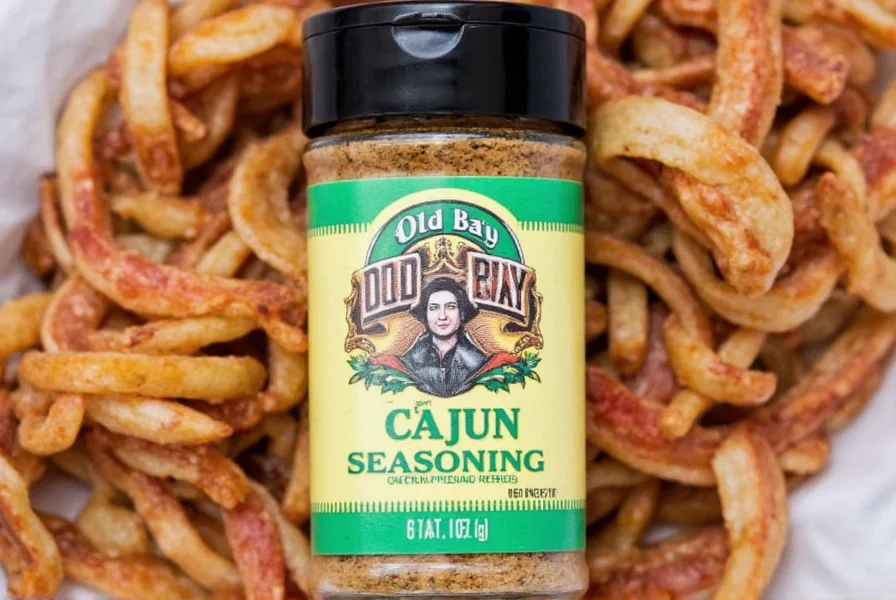
Next time you're cooking, remember: Old Bay's magic lies in its Maryland roots—not Louisiana. Try it on roasted corn, in deviled eggs, or even in Bloody Marys for a taste of Chesapeake Bay tradition.

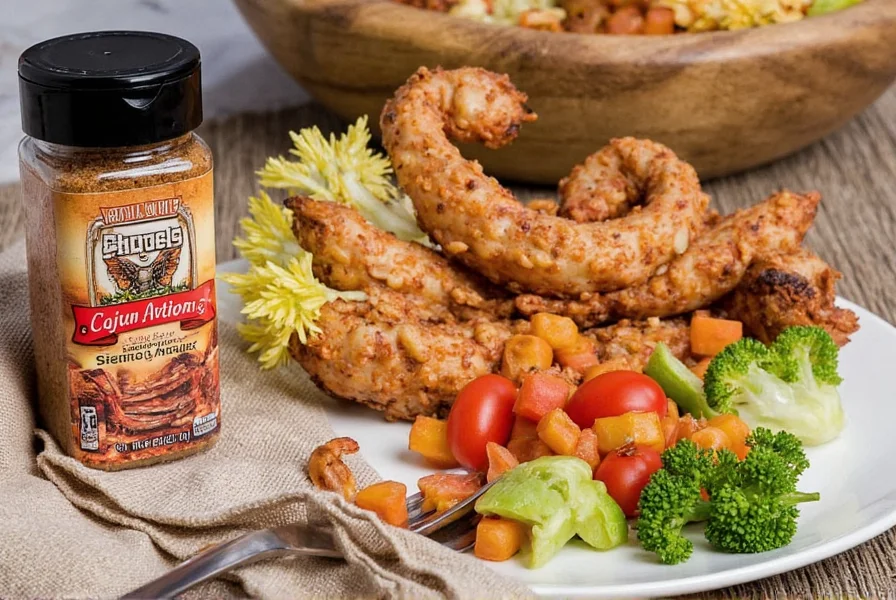









 浙公网安备
33010002000092号
浙公网安备
33010002000092号 浙B2-20120091-4
浙B2-20120091-4